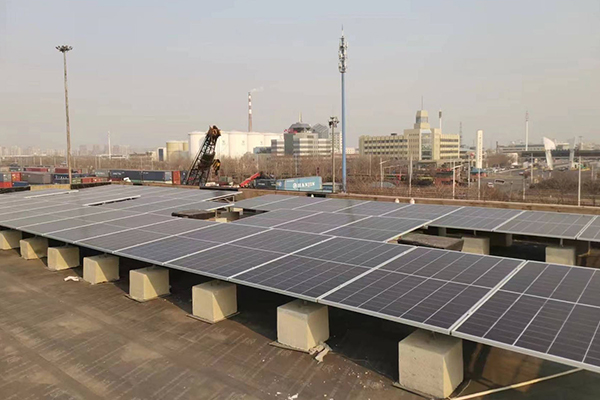Flat-top installations are typically constructed of aluminum alloy and stainless steel, making them lightweight, strong and durable. Flat roof mounting systems are designed to ensure that solar panels can be safely and securely mounted on the flat roof of a building in all climate conditions. Additionally, flat-top mounting systems are designed with ease of installation and maintenance in mind to ensure an easy installation process and long service life.
In the solar industry, flat roof mounting systems offer many advantages. First, they are suitable for various types of commercial and industrial buildings, such as office buildings, factories, warehouses, etc. This flexibility makes flat-top mounting systems ideal for large-scale solar projects. Secondly, flat roof installation systems can take advantage of the flat roof space of the building itself, making full use of the available space and maximizing energy production. In addition, flat-top mounting systems are relatively less expensive to install than traditional sloped installations, while also reducing risks to the electrical system.
In addition to their applications in commercial and industrial buildings, flat-roof mounting systems also play an important role in agricultural and public facilities. In the agricultural field, they can be used for energy supply in greenhouses, providing renewable energy support for agricultural production. In terms of public facilities, flat-top installation systems can be used in schools, hospitals, gymnasiums and other buildings to provide these places with clean, renewable energy, while reducing energy costs and reducing dependence on traditional energy sources.
When installing a flat roof mounting system, the structure and safety of the building need to be considered. Therefore, it is necessary to ensure compliance with local building codes and safety standards during design and installation. In addition, regular maintenance and cleaning are also key factors to ensure long-term stable operation of the system.

